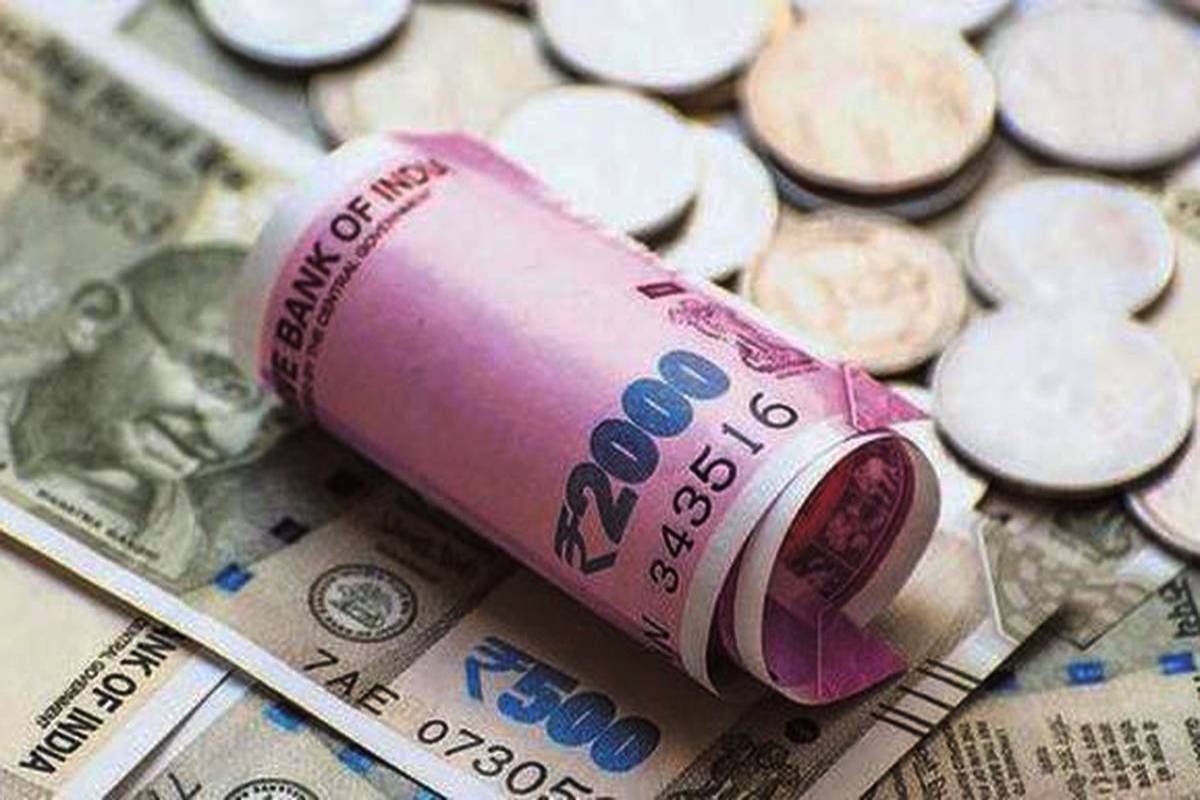The Indian rupee’s slide to a record low against the US dollar underscores the complex interplay of domestic and global economic factors that influence currency valuation. This development is a stark reminder of the challenges faced by emerging markets in navigating an increasingly volatile financial landscape. At the heart of the rupee’s decline is the month-end corporate dollar demand, a regular phenomenon that puts pressure on the currency as companies settle their international transactions.
However, this time, the usual cyclical demand is compounded by several external factors, making the situation more precarious. One significant contributor to the rupee’s weakness is the outflow from local equities. Investors are withdrawing funds from the Indian stock market, likely seeking more lucrative opportunities elsewhere. This capital flight can be attributed to a combination of global economic uncertainties and specific concerns about the Indian market’s performance and prospects. Moreover, the volatility in the Chinese yuan adds another layer of complexity. As the world’s second-largest economy, China’s economic health and currency stability have far-reaching implications.
Advertisement
When the yuan fluctuates, it reverberates through other emerging market currencies, including the rupee, creating additional pressure. Another factor is the broader trend of tepid risk appetite among investors. In times of economic uncertainty, investors tend to gravitate towards safer assets, such as the US dollar, which is considered a global safe haven. This shift increases demand for the dollar, thereby exacerbating the pressure on the rupee. Despite these challenges, the Reserve Bank of India (RBI) has been actively intervening to manage the rupee’s depreciation.
By selling dollars through state-run banks, the RBI has managed to cap the losses and prevent a steeper decline. This intervention, however, appears to be passive, suggesting that the central bank is allowing a controlled depreciation rather than attempting to significantly bolster the rupee. The RBI’s strategy seems to be aimed at maintaining a balance. A gradual depreciation can help in making Indian exports more competitive, potentially boosting economic growth. At the same time, it avoids the shocks that a sudden and sharp decline could cause to the economy. This careful calibration is crucial for maintaining economic stability and investor confidence. The jump in dollar-rupee forward premiums, with the 1-year implied yield at its highest level since February, indicates market expectations of further currency volatility.
This is partly influenced by the decline in US bond yields, as investors react to signals of moderating inflationary pressures in the US. The Federal Reserve’s upcoming policy decisions will be closely watched, as they will provide further cues on the future trajectory of global interest rates and their impact on the rupee. The underlying economic factors driving the rupee’s depreciation must be addressed through broader economic and policy measures. Only a comprehensive strategy that includes strengthening the domestic economy and managing external vulnerabilities can ensure long-term stability for the rupee









